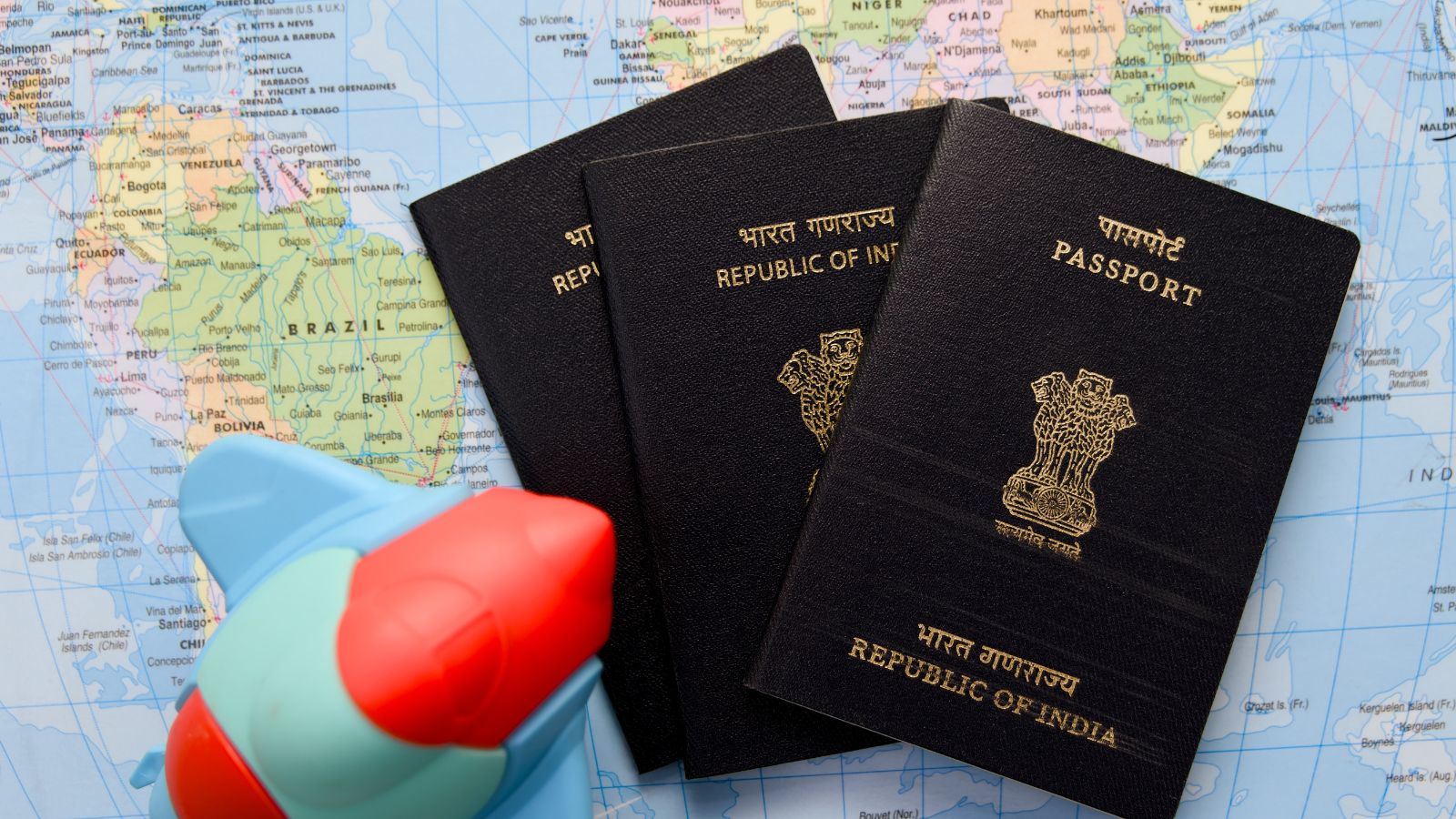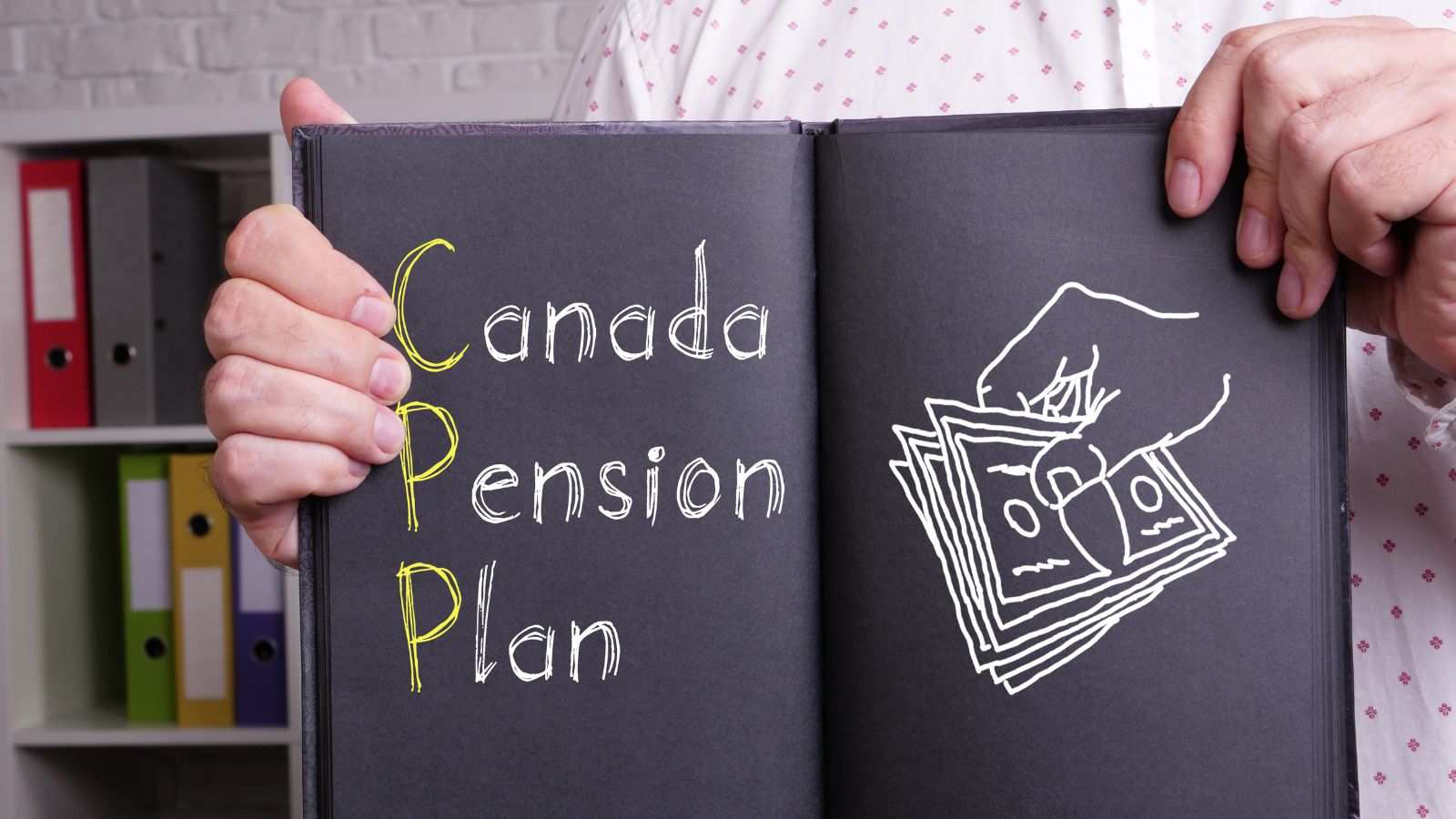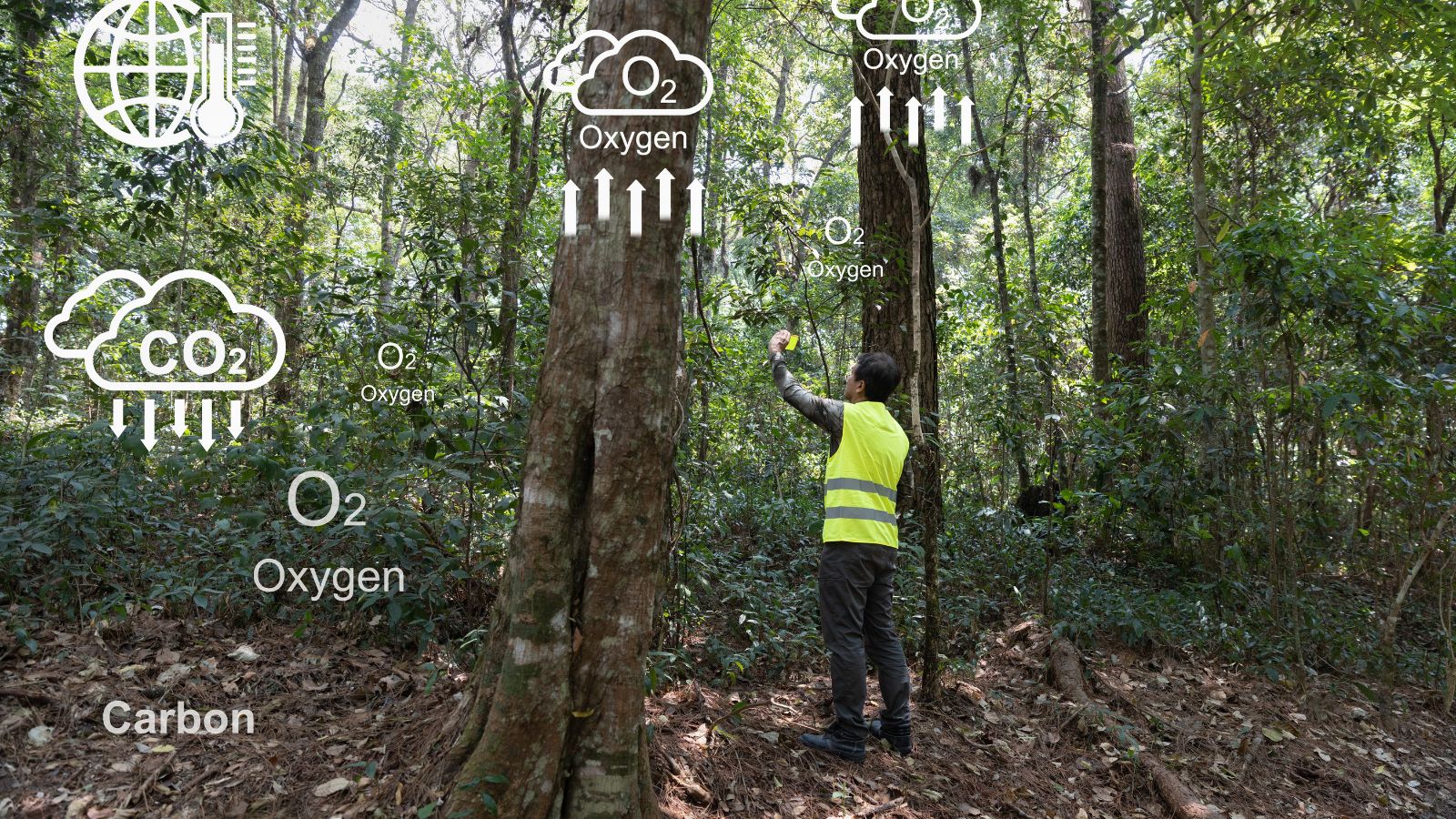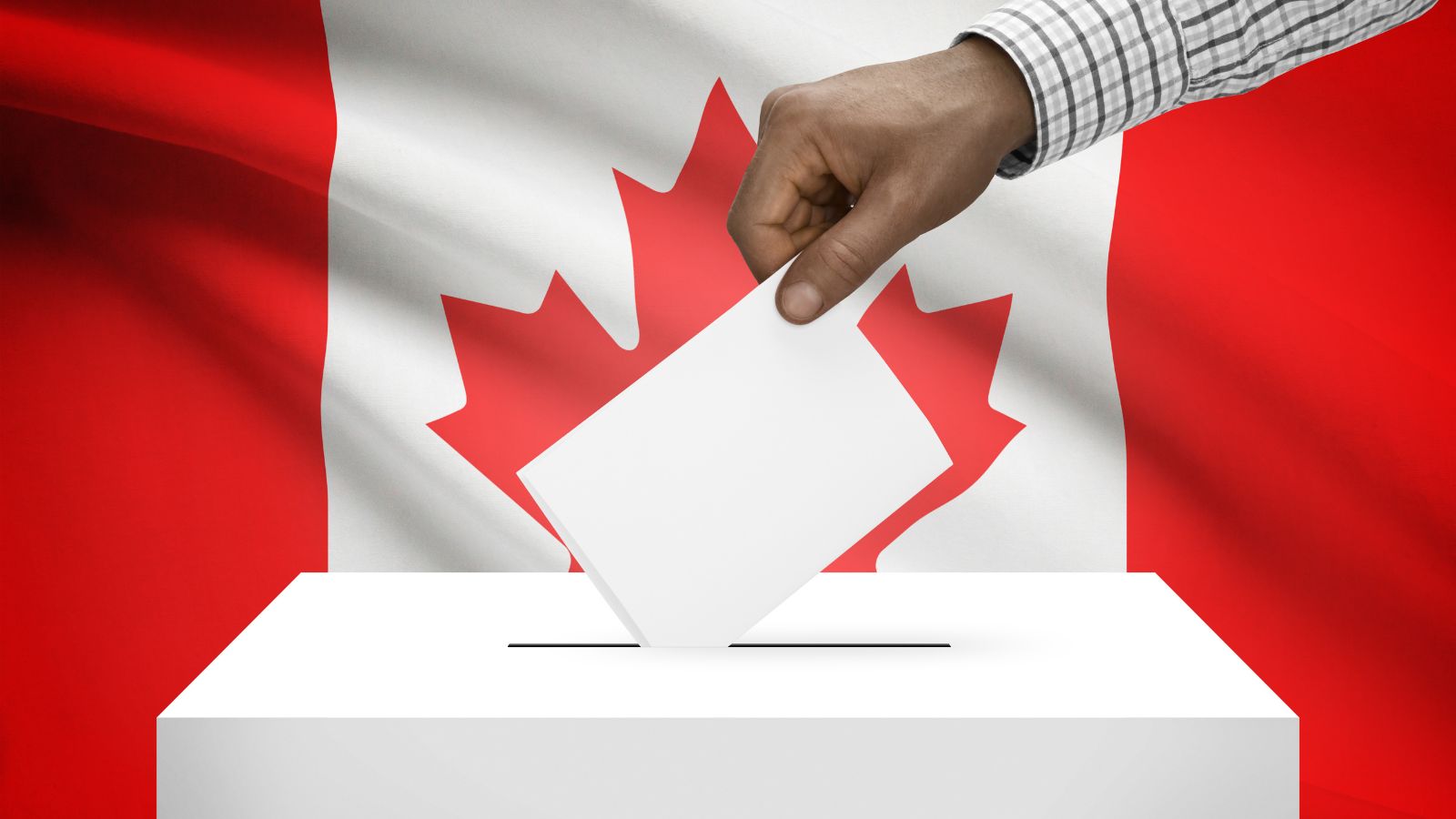Canada is known for making smart and people-focused policies. Over the years, many of these policies have caught the attention of other countries. From healthcare to clean energy, Canada is setting examples that others are starting to follow. These policies aim to make life better for everyone, not just a few. Here are 25 Canadian policies other countries are copying now.
Universal Healthcare Model

Canada’s universal healthcare system provides access to medical services based on need rather than the ability to pay. Funded through taxes, it ensures that all residents receive essential care without direct charges at the point of service. This model reduces financial stress and improves public health outcomes. Many countries are studying Canada’s healthcare structure to design systems that prioritize equity and cost control. While challenges remain, such as wait times and funding gaps, the core principle of accessible healthcare remains strong. The Canadian model continues to influence global health policy conversations, especially in countries aiming to improve social safety nets.
Legal Cannabis Regulation

Canada became the first G7 nation to legalize recreational cannabis nationwide in 2018. The policy focuses on public health, youth protection, and eliminating the black market. Cannabis sales are regulated at the provincial level, with age limits, packaging rules, and strict advertising bans. Legalization has created jobs, generated tax revenue, and offered a framework for responsible use. Countries like Germany and Thailand are closely observing Canada’s regulatory model. The shift from prohibition to regulation reflects a pragmatic approach to drug policy. By treating cannabis as a public health issue rather than a criminal one, Canada has reshaped global conversations on reform.
Carbon Pricing and Emissions Trading

Canada’s carbon pricing policy requires individuals and industries to pay for emitting greenhouse gases. The goal is to reduce pollution by making it more costly to emit carbon. Provinces can choose between a carbon tax or a cap-and-trade system, provided they meet federal benchmarks. Revenues are often returned to citizens as rebates, helping low- and middle-income households. Countries such as Chile and New Zealand are studying Canada’s approach to climate accountability. By attaching a clear cost to pollution, Canada encourages innovation in clean energy. Its flexible framework is seen as a balanced way to address climate change without harming growth.
Paid Parental Leave Programs

Canada offers paid parental leave that allows parents to bond with their newborns while receiving income support. The benefits are administered through Employment Insurance and provide up to 18 months of leave with varying compensation rates. These programs help parents manage work-life balance and promote healthier child development. Both mothers and fathers are eligible, encouraging shared caregiving responsibilities. Other nations are taking cues from Canada’s gender-inclusive policies and extended leave options. While some argue for higher pay during leave, the model is often seen as progressive.
Ban on Single-Use Plastics

Canada has introduced a nationwide ban on certain single-use plastics, including straws, cutlery, and grocery bags. This initiative aims to reduce plastic waste in landfills and oceans while encouraging the use of sustainable alternatives. The ban is part of Canada’s broader effort to reach zero plastic waste by 2030. Businesses are adapting by offering reusable or biodegradable products. Countries like India and the United Kingdom are taking notice, with similar bans being discussed or enacted. The Canadian approach is not just about restriction but also about education and innovation. It demonstrates how environmental goals can align with policy and public awareness.
Gun Control Laws

Canada’s gun control laws are among the strictest in the world. They include background checks, mandatory safety training, and detailed licensing procedures. Certain firearms are banned, and others are tightly restricted. After high-profile incidents, the government has introduced new regulations, including bans on assault-style weapons. Gun ownership in Canada is seen more as a regulated privilege than a right. Other countries struggling with gun violence are reviewing Canada’s layered approach to licensing and accountability. While the country still faces challenges with illegal firearms, its system prioritizes public safety. This structured model offers an alternative path for nations seeking reform.
Multiculturalism as Official Policy

Canada was the first country to adopt multiculturalism as an official policy in 1971. This approach supports the idea that all cultures can coexist within a unified national identity. It encourages immigrants to maintain their cultural heritage while becoming active members of Canadian society. The policy promotes inclusion, equal opportunity, and respect for diversity in education, law, and public services. Other countries are now exploring similar models to reduce racial tension and improve social harmony. By treating cultural differences as strengths rather than threats, Canada has set an example of how diversity can create a more connected and peaceful society.
Indigenous Reconciliation Frameworks

Canada has made reconciliation with Indigenous communities a national priority. Through frameworks like land acknowledgments, compensation agreements, and cultural preservation programs, the country is working to address historical injustices. The Truth and Reconciliation Commission highlighted past abuses and created actionable steps toward healing. Other nations with colonial histories are now studying Canada’s reconciliation model for guidance. Programs supporting Indigenous languages, education, and self-governance are helping restore community strength. While challenges remain, the Canadian approach focuses on partnership and long-term change. This model shows how policy can move beyond apology and toward rebuilding trust and respect between governments and Indigenous peoples.
Immigration Points-Based System

Canada’s immigration system uses a points-based approach that evaluates applicants based on education, work experience, language skills, and age. This method helps attract skilled individuals who can contribute to the economy and integrate easily. Countries like Australia and the United Kingdom have adapted similar systems after observing Canada’s success. The transparency and efficiency of this model make it a popular choice for modern immigration strategies. By prioritizing economic value while maintaining humanitarian pathways, Canada has struck a balance between openness and planning. This structured approach helps manage immigration levels while supporting social integration and long-term national development.
National Public Broadcasting Standards

Canada maintains high public broadcasting standards through organizations like the Canadian Broadcasting Corporation (CBC). These standards ensure that content is diverse, informative, and representative of Canadian society. CBC promotes local storytelling, accurate news, and bilingual programming that reaches both English and French speakers. The government provides funding, but editorial independence is protected. This model of publicly funded media with strict content guidelines is being studied by other countries looking to combat misinformation. Canada’s system shows how public broadcasting can build national identity, support democracy, and maintain quality journalism. It serves as a strong example of responsible media in a digital age.
LGBTQ+ Protections and Rights

Canada is widely recognized for its strong legal protections and social inclusion of LGBTQ+ individuals. Same-sex marriage has been legal nationwide since 2005, and discrimination based on gender identity or sexual orientation is prohibited under human rights laws. Transgender rights are also supported through access to healthcare and legal recognition. These inclusive policies create safer and more equal environments for all citizens. Other countries often look to Canada’s legal framework when improving their own LGBTQ+ protections. Through education, legal reform, and community engagement, Canada continues promoting equal rights. This proactive approach sets a global standard for LGBTQ+ dignity and freedom.
Bilingual Government Services

Canada offers government services in both English and French, reflecting its two official languages. This bilingual approach is rooted in the country’s founding and aims to serve all citizens equally, regardless of linguistic background. Federal agencies, documents, websites, and public broadcasts are available in both languages. Provinces like Quebec extend this even further by prioritizing French in daily operations. The system encourages inclusion and strengthens national unity. Countries with multiple language groups, such as India and South Africa, have studied Canada’s model for guidance. By respecting linguistic diversity through service accessibility, Canada shows how language policies can build trust and cohesion.
National Childcare Subsidies

Canada has launched national childcare subsidies to make early childhood education more affordable and accessible. The goal is to reduce average daily childcare costs to around ten dollars. These subsidies are helping working parents, especially women, return to the workforce while ensuring children receive quality care. The program supports economic growth by increasing labor force participation and improving educational outcomes. Provinces manage the details, but federal funding ensures national consistency. Other countries facing rising childcare costs are closely observing Canada’s efforts. The model highlights how investing in families today can build stronger economies and healthier communities for future generations.
Pension Plan Portability

Canada promotes pension portability, allowing workers to transfer retirement benefits when they switch jobs. This is especially useful for people moving between provinces or industries. It helps keep retirement savings intact and simplifies long-term financial planning. Many countries are looking at this model to help workers avoid losing pensions during career transitions. The policy supports job mobility while ensuring stable retirement options. By reducing administrative barriers and encouraging contribution continuity, Canada sets an example of modernizing pension systems. With more people working in flexible roles, this portable model offers a practical solution for securing retirement without being tied to one job.
Public Transit Investments

Canada is investing heavily in public transit systems to reduce congestion, cut emissions, and improve urban living. Cities like Toronto, Vancouver, and Montreal are expanding networks through government-funded initiatives. These investments support eco-friendly commuting, lower travel costs, and create jobs in infrastructure. Other nations are taking note of how Canada aligns transit goals with environmental and economic outcomes. By prioritizing clean transit over car-dependency, Canada is shaping smarter urban policies. The focus on long-term planning, accessibility, and regional collaboration helps build systems that serve both local communities and climate commitments. Countries are now studying this balanced, future-facing model.
Truth and Reconciliation Commission Practices

Canada’s Truth and Reconciliation Commission (TRC) was a formal process aimed at addressing the historical harm caused by residential schools to Indigenous communities. It collected survivor testimonies, issued 94 Calls to Action, and encouraged healing and policy change. While the journey is ongoing, the TRC has influenced how other countries confront colonial histories and systemic injustice. Nations like Australia and New Zealand are examining Canada’s model for creating open dialogue and state accountability. By making reconciliation a public process involving education, legal reform, and cultural respect, Canada shows that truth-telling can lead to meaningful societal change when done sincerely.
Climate-Linked Financial Disclosures

Canada is encouraging companies to disclose how climate risks affect their finances. These disclosures help investors understand how prepared businesses are for climate-related challenges. It promotes transparency and long-term thinking in the corporate world. Canada’s approach follows the global framework from the Task Force on Climate-related Financial Disclosures (TCFD) and adapts it to national standards. Other countries are exploring similar mandates as they move toward green economies. This policy helps balance economic growth with environmental responsibility. By leading with disclosure rather than punishment, Canada is making climate action a core part of business operations, making the financial sector part of the solution.
Gender-Based Budgeting

Canada uses gender-based budgeting to ensure public spending considers how policies impact men, women, and gender-diverse people differently. Every federal budget is now reviewed through this lens to promote fairness and equality. The goal is to reduce inequality by making sure government programs serve all groups effectively. Other countries, including some in Europe and Asia, are now studying this model to improve policy outcomes. Canada’s approach links social justice to fiscal planning, showing that inclusive budgeting can drive better results. It also improves accountability by requiring departments to track and report the impact of spending across different demographics.
Electoral Reform Pilots

Canada has tested electoral reform at various regional and municipal levels. These pilots have explored alternatives like ranked ballots, proportional representation, and citizen assemblies. The goal is to improve voter engagement and better reflect public opinion in election outcomes. While national-level reform is still under discussion, these experiments are influencing global conversations on democratic systems. Countries interested in updating their voting processes are watching how Canada manages public consultation, transparency, and implementation. By trying new models in real-world settings, Canada is helping define what democratic innovation looks like in practice, offering valuable lessons on participatory governance.
Tuition-Free College Initiatives (Regional)

Some Canadian provinces have launched tuition-free or highly subsidized college programs for low-income students. These initiatives aim to make higher education more accessible and reduce long-term student debt. By removing financial barriers, Canada is investing in a more skilled and diverse workforce. While not a nationwide policy, these regional models are gaining global attention. Countries with rising tuition fees are analyzing how Canada links education policy with economic equity. The focus on community colleges and vocational training also supports practical, job-ready skills. Canada’s experiment with tuition-free education is being watched closely as a possible blueprint for broader national reform.
National Minimum Wage Discussions

Canada is exploring the idea of setting a national minimum wage to ensure fair pay across all provinces. Right now, each province decides its own rate, but income gaps and cost-of-living differences are sparking calls for federal action. Policymakers and economists are studying how a unified wage might reduce poverty while still supporting job growth. Countries such as New Zealand and Ireland are closely observing these developments. Canada’s debates highlight the importance of equity and economic balance. Even without a national policy in place, the conversation is shaping how other nations think about fair wages in a changing economy.
Affordable Housing Strategies

Canada is implementing creative strategies to improve housing affordability, especially in urban centers. These include government-backed rental assistance, non-profit housing development, and tax incentives for builders. Cities like Vancouver and Toronto are also exploring zoning reforms to allow more housing types. These actions aim to reduce homelessness and help middle-income families find stable housing. Other countries facing housing shortages are studying Canada’s multi-pronged approach. By working with all levels of government, Canada is showing how public-private partnerships can address housing crises. Its housing playbook is increasingly seen as a model for countries aiming to make homes more accessible.
Strong Banking Regulations

Canada’s banks are known for their stability, largely due to strong federal regulations. These rules limit risky lending, require solid capital reserves, and promote transparency. While other countries faced banking collapses during global crises, Canadian institutions remained stable. The Office of the Superintendent of Financial Institutions plays a major role in enforcing these policies. Many countries are now studying Canada’s system to avoid future financial meltdowns. The Canadian model shows that tough oversight can protect both consumers and the economy. In a world of rising financial uncertainty, Canada’s banking rules stand out as a practical and trusted approach.
AI and Tech Ethics Frameworks

Canada is developing ethical guidelines for artificial intelligence and emerging technologies. These include protecting privacy, preventing algorithmic bias, and ensuring transparency in AI use. The government works with academics, tech firms, and human rights groups to build policies that keep technology aligned with democratic values. Canada was also one of the first to propose a national AI regulation strategy. Other countries are now taking note, especially those struggling with AI misuse and surveillance concerns. By prioritizing ethics early on, Canada is showing that innovation can happen without sacrificing human rights. Its policies are becoming a model for responsible tech governance.
Decriminalization of Drug Possession (Pilot Programs)

Canada is testing the idea of decriminalizing small amounts of drug possession through pilot programs in places like British Columbia. These programs aim to treat drug use as a health issue instead of a crime. The approach includes access to treatment, harm reduction services, and public education. While controversial, it reflects a shift from punishment to prevention. Countries such as Portugal and Switzerland have used similar strategies with success. Canada’s pilots are being watched globally as overdose deaths rise worldwide. By focusing on care and recovery, Canada hopes to reduce harm and stigma, offering a different way to address addiction.
21 Products Canadians Should Stockpile Before Tariffs Hit

If trade tensions escalate between Canada and the U.S., everyday essentials can suddenly disappear or skyrocket in price. Products like pantry basics and tech must-haves that depend on are deeply tied to cross-border supply chains and are likely to face various kinds of disruptions
21 Products Canadians Should Stockpile Before Tariffs Hit
